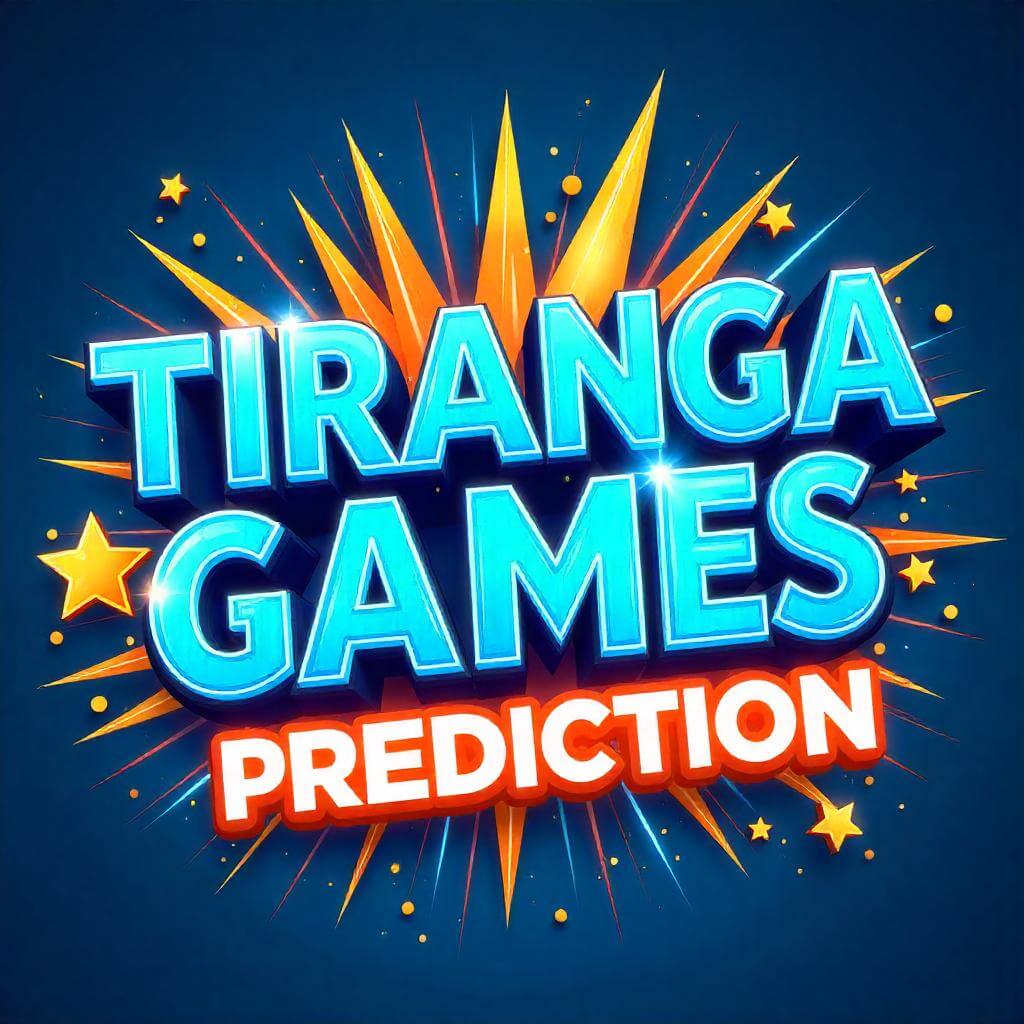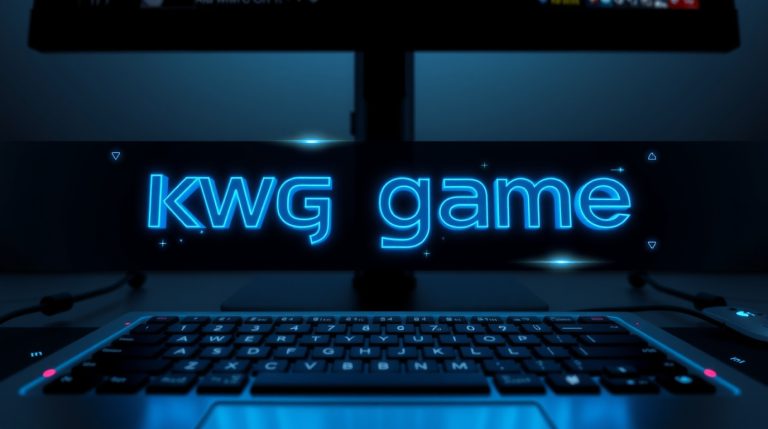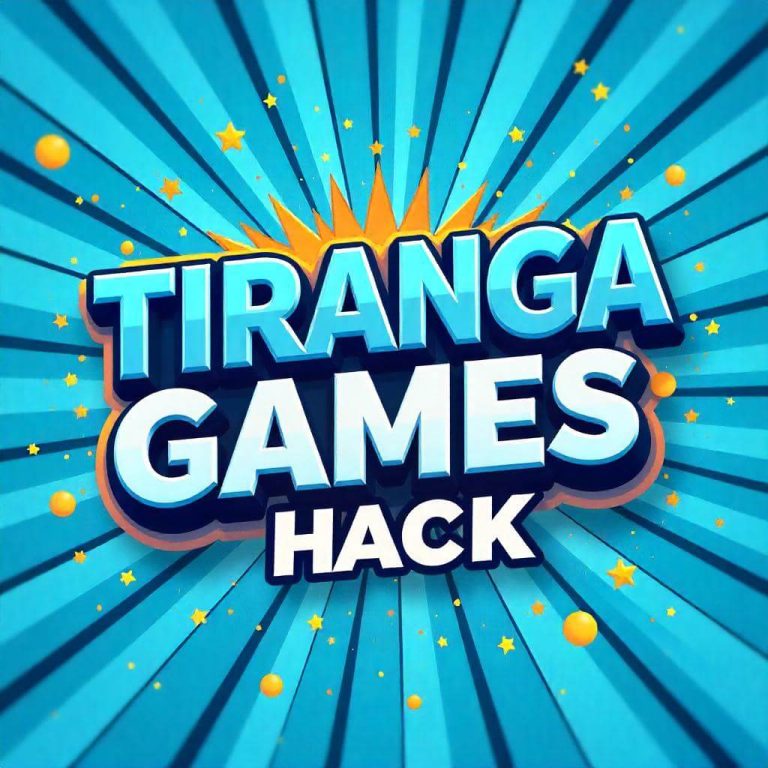
Learn how the Tiranga Prediction AI 2025 is a game changer in game predictions using cognitive and behavioural mechanics. Find out about the cutting edge AI strategies, real-time decision modelling, and user behaviour analysis it employs.
Of all the AI-driven gaming prediction platforms available today, Tiranga Prediction AI 2025 is exceptional because it uses both advanced machine learning algorithms as well as cognitive and behavioral analytics to make very precise forecasts. While many platforms are just based on statistical modeling, Tiranga Prediction AI includes behavioral psychology, cognitive modeling and user pattern recognition in its model.
This article delves deep into the workings of the prediction engine of this artificial intelligence by exploring its cognitive and behavioral mechanics. This multi-tiered approach has redefined color-based gaming prediction strategies.
What is Tiranga Prediction AI?
Tiranga Prediction AI predicts outcomes for fast-paced probability-based games such as color based Tiranga games. The system allegedly reports an accuracy rate of 99.2% (though not independently verified) and claims to handle millions of real-time data points utilizing a multialgorithm architecture.
The 2025 version of the game introduces a powerful layer of cognitive computing and behavioral modeling that helps improve prediction accuracy through mimicking human-like decision-making.
Cognitive Mechanics: How the AI “Thinks”
- Pattern Recognition and Probabilistic Modeling
The Tiranga Prediction AI is built around a Bayesian network that maps patterns across historical outcomes. These networks continuously update probabilities based on recent inputs, allowing the AI to adapt in real time to fluctuating patterns within the game environment.
Why it works: Humans naturally recognize and adapt to patterns according to cognitive science. Statistical probability trees and neural networks are used by Tiranga AI to mimic this behavior so as to “learn” similar game dynamics.
- Heuristic Learning Models
On the other hand, heuristics refer to simple rules of thumb with which humans make snap decisions. This part is also utilized by Tiranga Prediction AI when making predictions. The use of specific heuristics for specific games such as “hot colors,” “reversion to mean,” or “sequence anomalies” allows for intelligent prediction narrowing.
This speeds up decision-making without sacrificing precision – an important advantage in time-sensitive gaming situations!
Cognitive Load Balancing
AI can be made to think in two different ways, either it may over-think certain moves or it could under-think them. For instance, the Tiranga 2025 AI possesses load-balancing protocols that help prevent what is called “overfitting,” when the AI may mistakenly treat random noise as meaningful data when making sense of something. Through limiting unnecessary processing, the AI preserves precision and agility while also being resource efficient.
Behavioral Mechanics: How the AI Predicts Player Influence
- User Behavior Modeling
Behavioral mechanics in Tiranga Prediction AI are all about observing and understanding user habits and decision loops. The system learns by accumulating continuous data on;
i) How users perform within win/loss cycles;
ii) The time interval between their decisions;
iii) How long it takes them to react to prediction updates;
iv) Typical ‘panic decisions’ they make under stress.
These findings enable the AI to mimic wider human choices that indirectly affect game results in multiplayer modes or server-side randomness.
- Risk-Averse vs Risk-Seeking Dynamics
Based upon prior selections, this platform categories players into behavior types: risk-averse, risk-neutral or risk-seeking groups. By determining which behaviour group dominates any given moment’s gaming environment, the predicting AI tunes its prediction parameters towards emerging trends resulting from mass psychology.
Feedback Loops and Reinforcement Learning
So, Tiranga AI uses reinforcement learning, which refines future predictions based on past performance. But it does not only learn from outcomes; it also learns from user reactions to outcomes. An example is how if a group of users always changes colors after a loss, the AI tags that behavior and factors it into future modeling.
Why Cognitive + Behavioral = Smarter Predictions
By combining cognitive and behavioral modeling, Tiranga has created an AI system that can understand the game as well as human context around it since it is not one-dimensional. This ensures that Tiranga Prediction AI consistently anticipates game outcomes with insight-driven advantage over purely statistical AI.
Think about this:
A traditional AI tells us “This is likely, based on the math.”
Tiranga AI says “Based on math and how people behave, this is more likely.”
Ethical Considerations & Limitations
Incorporating cognitive-behavioral mechanics enhances performance but raises questions:
Transparency: How does the AI reach its predictions? Is the cognitive modeling explainable?
Data Privacy: Are behavioral patterns being used ethically?
Overreliance: Can users become too dependent on AI suggestions, misinterpreting probability as certainty?
Users should know that no AI can guarantee 100% outcomes especially in games involving random chance. Cognitive and behavioral AI tools are meant to support decisions, not take them for you.

Conclusion: The Future of Predictive Gaming AI
By combining human-like reasoning with machine-level computation Tiranga Prediction AI 2025 sets a new frontier in predictive gaming. Cognitive and Behavioral mechanics elevate performance in addition to making it adaptive, self-learning, and highly responsive to the ever-changing dynamics of online game environments.
The future of AI in gaming prediction is here—and it’s thinking more like you than ever before, whether you’re a gamer, developer or tech enthusiast.




